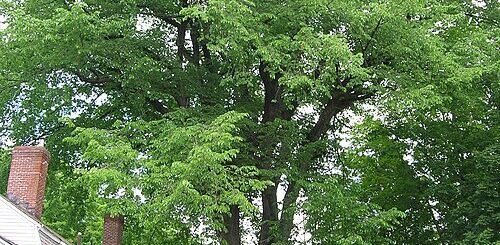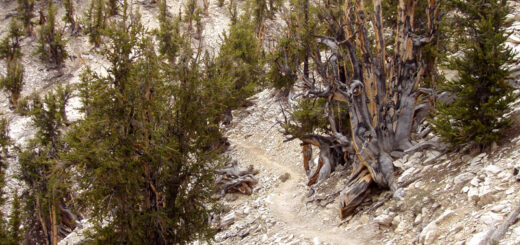Martinez Bird – The Charismatic Crested Myna
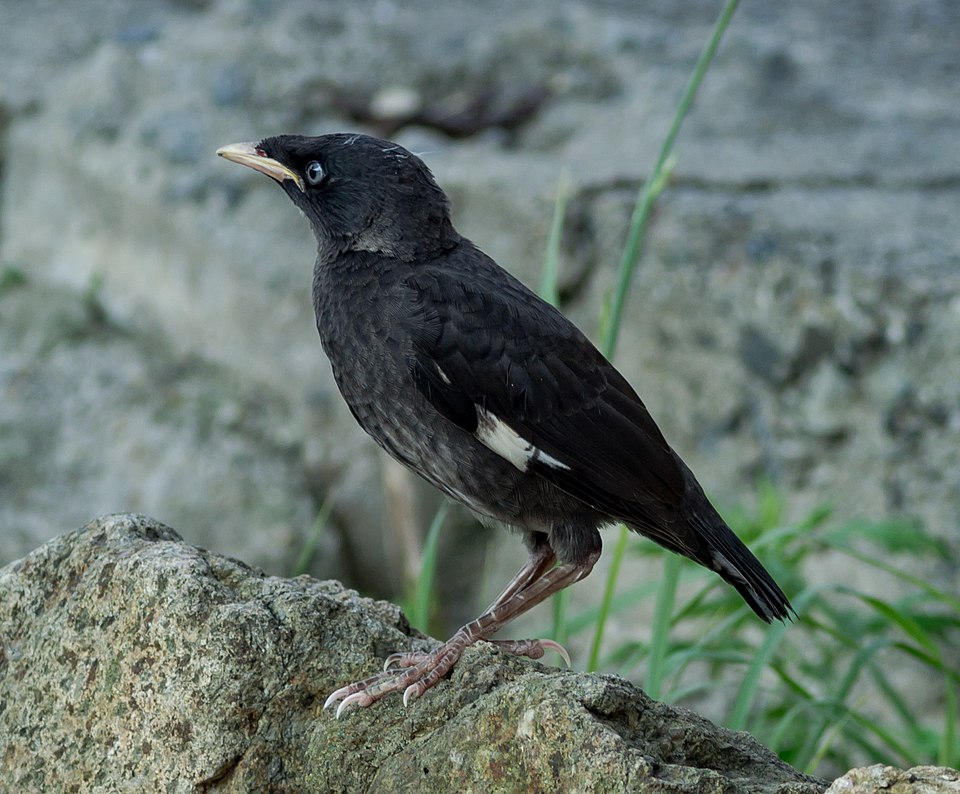
Birdwatchers and nature lovers alike have long been enchanted by the sleek, social and slightly mischievous character of the Martinez bird (Acridotheres cristatellus). Generally known as Crested Myna, Starling or Chinese starling, this feathered friend is more than just a striking figure perched on a telephone wire, it’s a symbol of adaptability, intelligence, and urban resilience.
A Quick Introduction
Native to southeastern China and parts of Southeast Asia, the Crested Myna stands out with its glossy black plumage, a distinctive crest of feathers on its head, and sharp white wing patches visible during flight. With its bright orange-yellow beak and legs, it cuts a dapper figure in both rural fields and bustling urban centers.
While it originally thrived in more forested and agricultural areas, it has adapted remarkably well to city life. Today, it’s a familiar sight in many urban environments, often seen scavenging for food or chirping noisily atop rooftops and streetlights.
The Martinez Bird or Crested Myna has also been a popular cage bird for decades due to its ability to mimic sounds, including human speech, similar to parrots, though not quite as fluently. This trait added to its mystique and affection among bird enthusiasts.
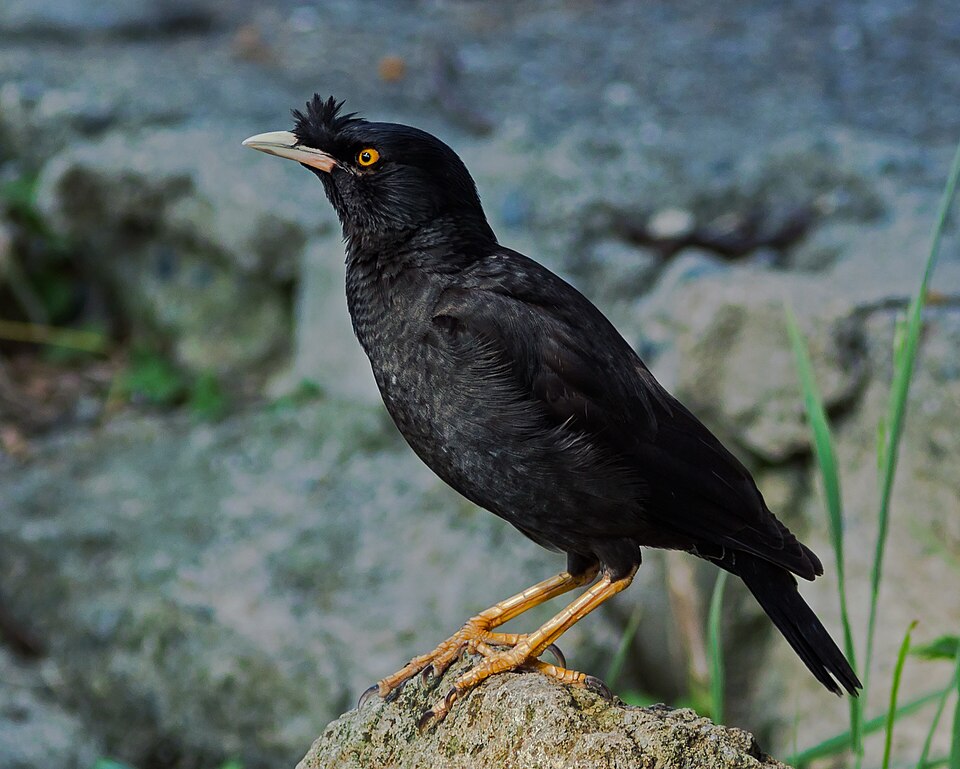
Crested myna, taken at Osaka Japan. Creative Commons | Author: Laitche – Source: https://en.wikipedia.org/wiki/File:Crested_myna,_Osaka,_Japan.jpg
Behavior and Personality
Mynas are part of the starling family, and like their cousins, the Crested Myna is highly social. You’ll rarely see one alone for long, they gather in small flocks, chirping and calling out to each other with a variety of sounds. Their calls are loud, varied, and often described as playful, even comical.
They are omnivorous and opportunistic feeders, eating everything from insects and fruit to scraps of human food. This dietary flexibility has helped them thrive in diverse environments, but it also means they can sometimes be seen as pests in areas where they’ve been introduced.
A Controversial World Traveler
Though native to Asia, the Crested Myna was introduced to other parts of the world, including Vancouver, Canada, in the late 1800s. For decades, they formed a stable population there, becoming one of the few tropical-origin birds to live successfully in a temperate climate. However, their numbers declined and eventually disappeared from the area by the 21st century.
Their mixed reputation, admired by some, labeled invasive by others, reflects the challenges of introducing non-native species into new ecosystems. Yet, the Crested Myna continues to thrive in much of its home range and remains a beloved character in places where it’s long been established.
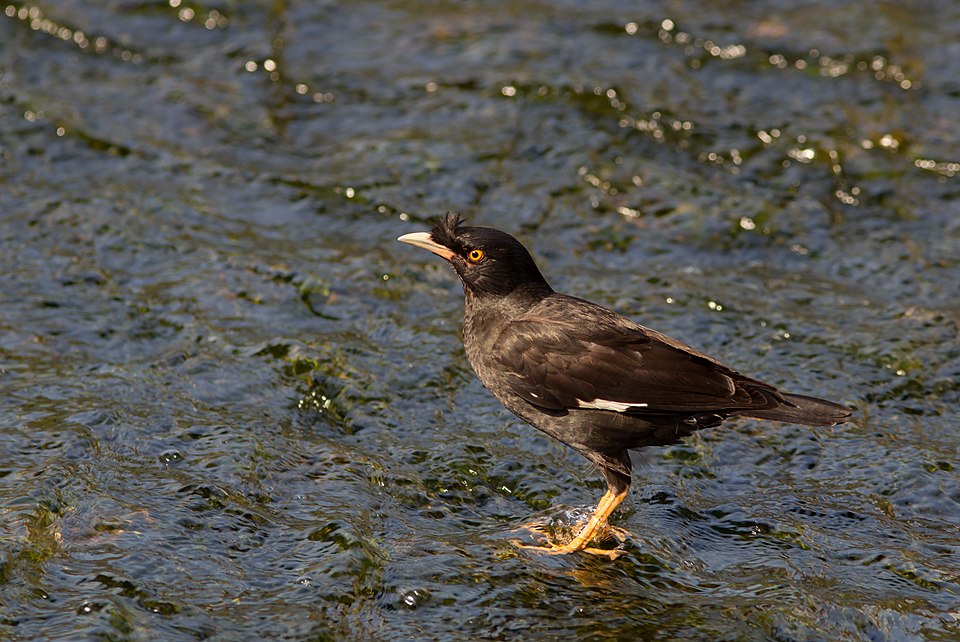
A crested myna wades in water – Creative Commons | Author: Laitche – Source: https://commons.wikimedia.org/wiki/File:Crested_myna,_Osaka.jpg
The Myna in Culture
In some Asian cultures, mynas are symbols of eloquence and intelligence, often associated with the ability to speak and imitate. The Crested Myna, with its bold looks and clever demeanor, fits that image perfectly.
Its presence in music, folklore, and even as pets in traditional households has helped solidify its status not just as a bird, but as a companion in everyday life.
The Myna Bird
Whether you call it the Crested Myna, the Chinese starling, or the charming “Martinez bird,” there’s no denying its appeal. With its confident strut, sociable nature, and street-smart survival skills, the Myna is a bird with both beauty and brains.
So next time you spot one, take a moment to listen, it might just be trying to tell you something.
References:
Wikipedia

